Hamlet's Conscience, According to Celeste Moratti
Four hundred years after his death William Shakespeare is still alive in the theaters, in the music, in the cinema and in the spectators who are still impressed by this gruesome story. A problematic father-son relationship, the growth, the madness, the death and especially the fear: reading it, it seems as if nothing has changed to this day.
Actress and director Celeste Moratti has made a bold choice venturing into bringing onto the stage one of the most well known dramas: Hamlet. The theater and film production company First Maria, of which Celeste is CEO, has the specific goal of bringing to America "productions narrating stories of extreme choices and that highlight the vulnerability of the characters, rather than stories that please the audience".
The tragedy, first played at the Parenti Theatre of Milan many years ago, is revolutionized and adapted to the New York scene, offering the public a different and more intimate version in which the chorus becomes the voice of Hamlet's conscience. "The set always changes depending on where we are: in Milan we were on a proscenium and the structure of the show was quite different."
When the imaginary curtain opens the spectator is in complete darkness, the only light being the disquieting murmurs and movements of the actors that progressively take their place. On the surrounding theater walls is a narration created through colorful graffiti evoking Keith Haring that follow one another like a novel, touching the main themes of the show. All the objects used on stage and the places where the characters go to die are marked by the outlines of the bodies and the objects.
This re-adaptation and rewriting of Hamlet's story was quite a complex challenge "The need to cut the text made me reflect on the universal nucleus of Hamlet: a father, a son and an impossible command:
"revenge… but howsoever thou pursuest this act… taint not thy mind"; the self destructive conflict following the idea of homicide is a Shakespeare constant.
I focused on the family ties: who is the old Hamlet? What opinion did he have of a son who had not followed in his footsteps in order to study philosophy? Hamlet is obviously the motor of everything: a young man whose life had always gone by unchallenged and who, all of a sudden, sees his world falling apart. And as if that wasn't enough, the father reappears trying to connect, forcing him to become what he had been: a warrior , a man capable of killing without remorse. The chorus then becomes the voice of Hamlet's conscience. The cut removes the political and military aspect of the narration: Fortebraccio, Norway, England, the references to the past military glories of the old Hamlet.
The live music by Papaceccio and Francesco Santalucia complements the story. The musical compositions by the two artists confer a contemporary and tribal tone that adds pathos and a unique artistic expression. The electronic and acoustic percussion, in fact, follow the director's choice of setting this Hamlet between the end of the Seventies and the beginning of the Eighties.
" Francesco Santalucia and I have been working together for over ten years. We almost always co-author plays in Europe and New York. We've always used the mixed electronic music with the acoustic instrument: timpani and percussion together with electric sounds produce an ambivalent result", explains the percussionist, actor and composer Francesco Maria Crudele, in art Papaceccio.
"Our collaboration creates peculiar results characterized by my musical writing combined with Papaceccio's text writing, often working together with the chorus and the ensemble. We followed the key concept of the relationship of Hamlet's characters with the mirror, the double, deconstructing Shakespeare's key-words and re-presenting them in reverse". Francesco Santalucia is a pianist who for over ten years has been writing music for theatrical productions in Italy as well as internationally.
It's not the first time the three artists work together. In 2011 and in October last year Celeste Moratti was Medea, written and adapted by Dario D'ambrosio and by the Teatro Patologico, at the Mama Theatre in New York. "If I go on stage as Medea I can finally face those parts of myself the I silence during my everyday life: hate, fear, anger, unbridled love.... While in Hamlet Gertrude is a character I had misjudged until I became a mother. She is a mother totally in love with her son, but she is not perfect and ends up making big mistakes: the sense of guilt tears her up since the first scene, but truly erupts when Hamlet forces her to see what she had done. Maybe, but not always, and in a smaller degree, all mothers are like that."
The composers tell us that also in this case, the mechanism of the representation is the same: starting from the drama they choose the keywords, to then analyze the text and move to the director's guidelines; those are then adapted to the text to ensure it works harmoniously. "Never betray the original text, we just provoke it by pushing it in our direction".






























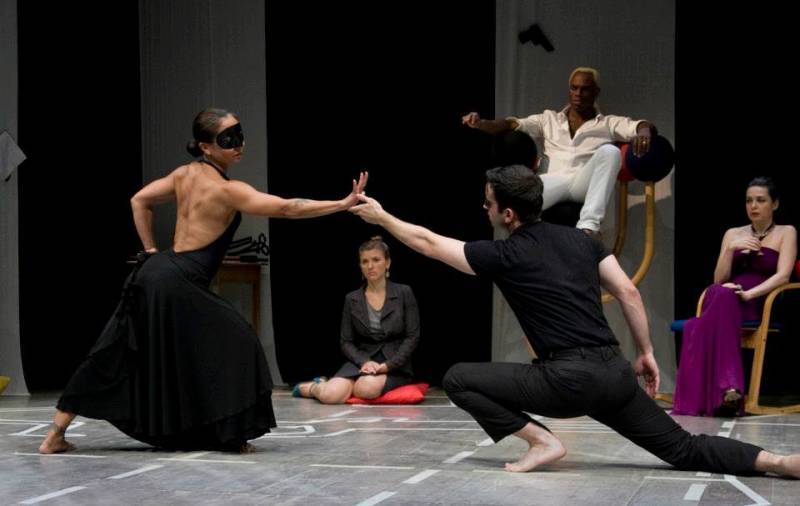
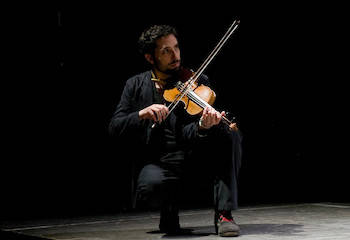
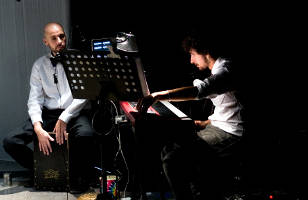
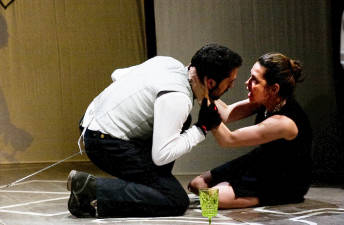
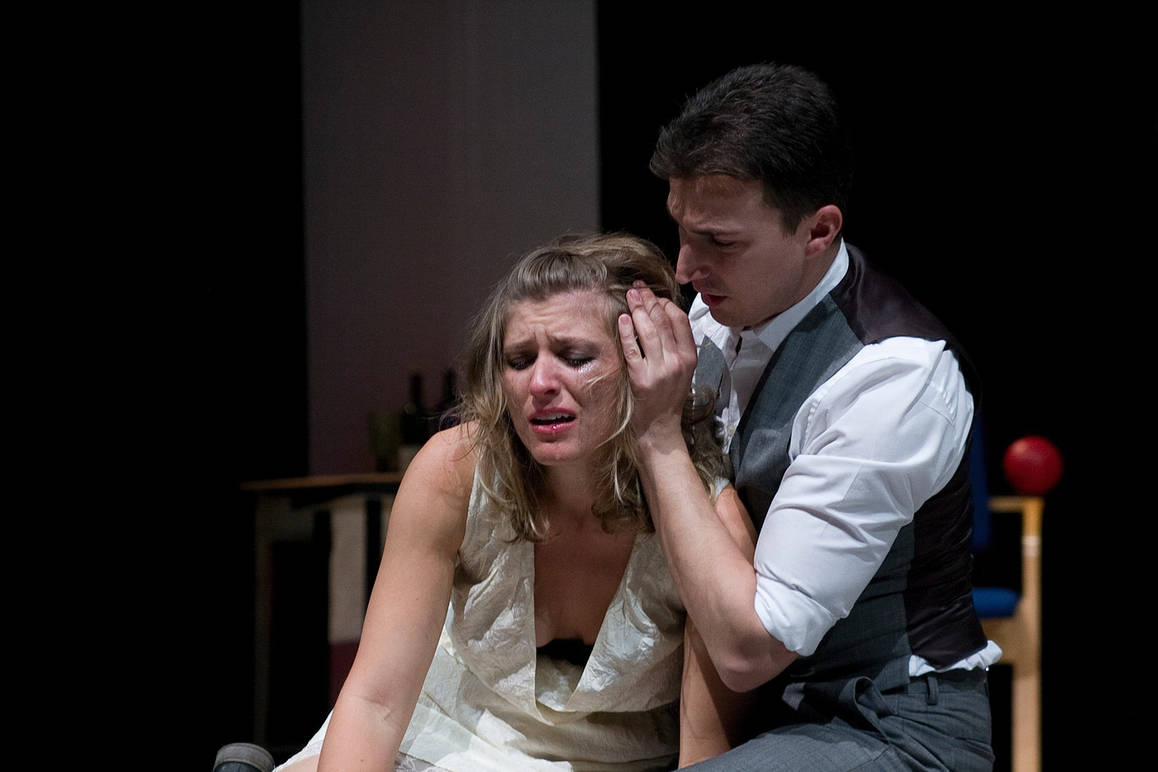



i-Italy
Facebook
Google+
This work may not be reproduced, in whole or in part, without prior written permission.
Questo lavoro non può essere riprodotto, in tutto o in parte, senza permesso scritto.